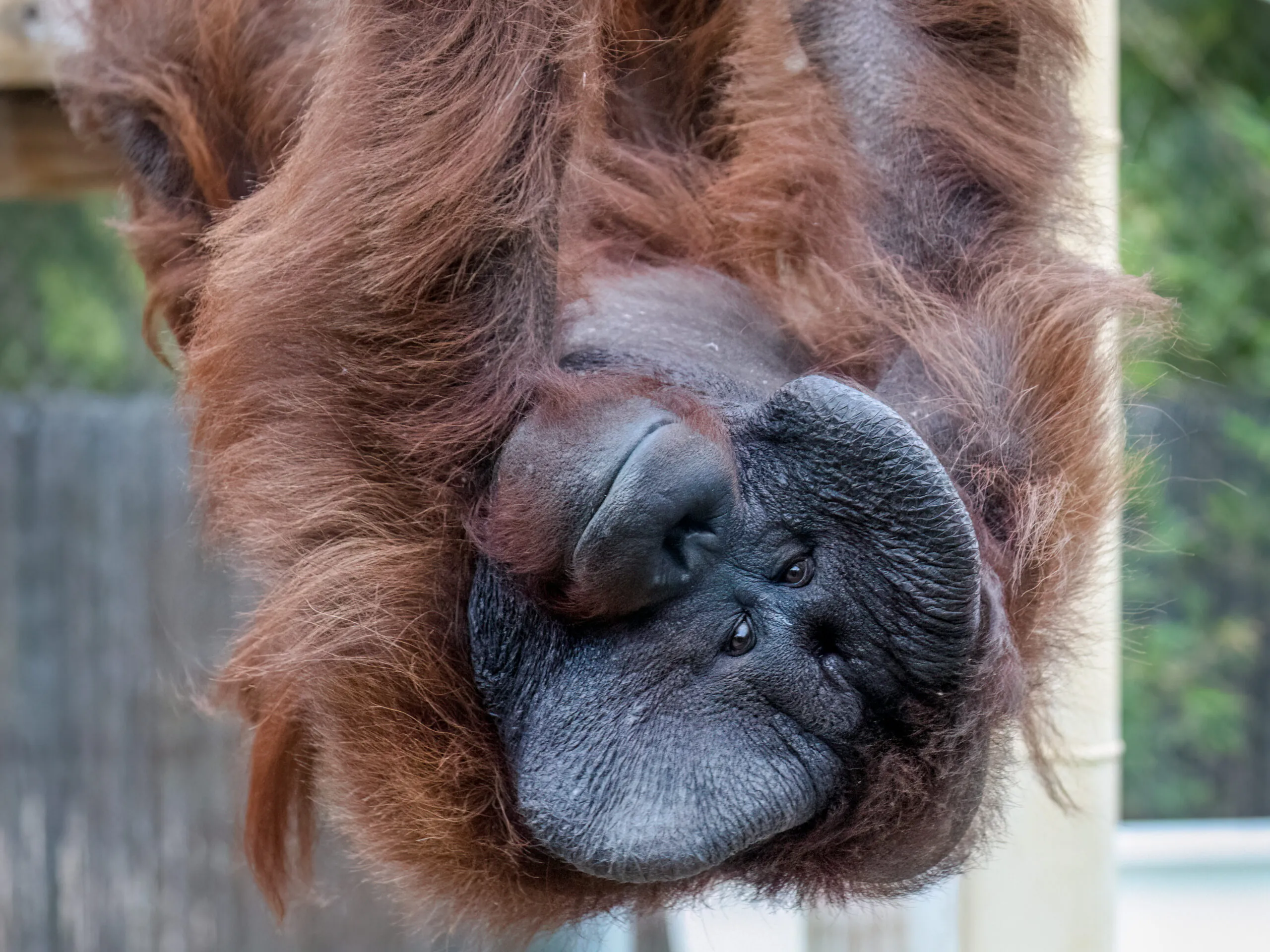Emu
Dromaius novaehollandiae
Who’s Your Daddy?
When nesting season arrives, it’s the male Emu who builds the nest. The nest consists of a shallow hole lined with sticks, leaves, feathers, grass, bark, and a few pebbles. After the female lays the eggs, the male sits and incubates them until they hatch. He is solely responsible for taking care of the eggs and will turn them up to 10 times a day. During this time he will not eat, relying on fat stored in his body. The incubation period lasts 52 – 56 days. After hatching, the chicks leave the nest within a few days but stay with their father who teaches them how to find food and defends them from predators.
Emusing
Emus love water and will cool off by taking a dip in a stream or river. They also can swim and will even cross rivers. At the Phoenix Zoo, our Emus enjoy a good soaking with the hose or sitting under the sprinklers or misters on a hot day. Occasionally, while getting sprayed by the hose, they will roll over on their side in the mud and kick their legs in the air!
Flexible Feathers
Emu feathers are unusual in two ways. The typical bird feather has barbs that are densely packed and held together by tiny hooks, making it stiff. On an emu feather, the barbs are spaced apart and lack the tiny hooks. Subsequently, their feathers are much softer and flexible than those of most birds. Also, emu feathers are double-plumed, meaning they have a primary and secondary feather coming out of the same shaft. These feathers help emus stay hydrated by keeping water on their skin after bathing. They also make a loud rattle when shaken as a threat.

Diet: plants, fruits, invertebrates
Zoo Diet: formulated feed, romaine, veggies, grapes
Habitat: savannas, grasslands
Weight: 66 – 121 lbs

Plan your visit today!
The Phoenix Zoo is one of the largest non-profit zoos in the U.S., caring for over 3,000 animals, with nearly 400 species represented, including many threatened/endangered species.







